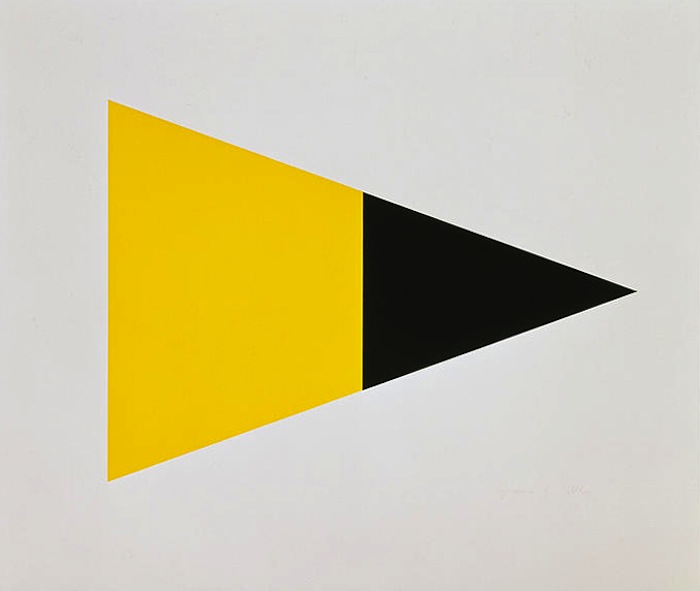
| Robert Indiana Liberty ’76 1974-75 Screenprint 39 7/8 x 36 in. Edition of 10 Artist Proofs (A.P.) Pencil signed, dated and numbered |
About the work:
“The American dream is that dream of a land in which life should be better and richer and fuller for everyone, with opportunity for each according to ability or achievement.”
– James Truslow Adams, 1931
The July 4th, 1776, American Declaration of Independence proclaims that “all men are created equal” with the right to “life, liberty and the pursuit of happiness.” This founding document, outlining the set of ideals of our nation has been the basis of the national ethos known as The American Dream. This Dream has attracted people from all over the world, lured by the promise of a better way of life, and is deeply rooted in the collective psyche of the American population.
Many artists have been inspired by this great dream, however, Robert Indiana distinguishes himself from his peers through a highly original body of work that explores this American Identity. He addresses important social and political issues, incorporating profound historical and literary references into his works. This is why, in 1974, Stephen Lion, an arts and design consultant, approached Indiana to participate in a tribute portfolio for the 1976 American Bicentennial celebrations. Along with 11 other of his contemporaries such as Alex Katz, Ed Ruscha and Larry Rivers, Indiana would take part in the “Kent Bicentennial Portfolio Spirit of Independence.”
This week’s Work of the Week! WOW! is Robert Indiana’s Liberty ’76 from the Kent portfolio.
A self proclaimed “American painter of signs,” Indiana was introduced to Hard Edge painting by the already well-known painter Ellsworth Kelly. Robert Indiana forged his unique style working with a minimal palette of flat color and using Kelly’s technique of isolating elements from one another. The geometric figures, which, individually seem flat, combined, accomplish great dimension. The placement of each shape is complimented with the use of pure color that gives depth and a sense of motion to his work.
In Liberty ’76, Indiana delivers, through vernacular signage, numbers and symbols a dazzling composition reflecting quintessential Americana in his trademark style. The stars, stripes and a large, red number “76” reference freedom and liberty and pop to the foreground. His bold style can at first glance seem simple, however, this is misleading. He is an underrated and undervalued artistic genius, who created his art with masterful skill and perfection, understanding and manipulating the power of shape and color to create perfectly balanced compositions such as Liberty ’76.
Liberty ’76 perfectly captures the symbolisms of the American Dream and American Identity with a direct and positive outlook. Indiana himself would say: “Pop Art is the American Dream, optimistic, generous and naive!” It is, however, difficult to place Indiana’s body of work into a preset artistic classification because his art transcends and bridges many artistic movements. His work is simultaneously Pop, Hard-Edge, Geometric, Color Field, Textual, Minimalist and Reductive, and therein lies his brilliance. He also provides an example of work that is both deeply personal and universal. His works reflect events of the times while also carrying messages to future generations, adding the element of activism to his oeuvre. He has paved the way for many contemporary artists such as Jenny Holzer and Shepard Fairey, among many others.
Of the 125 Kent Portfolio sets created, 110 were gifted to American museums, 4 to the American Federation of the Arts and 3 to the United States Information Agency. The piece featured at Gregg Shienbaum Fine Art is a rare Artist Proof from a small edition run of 10.

